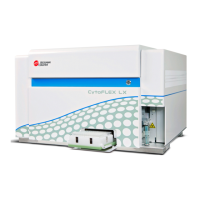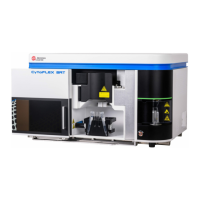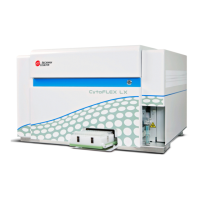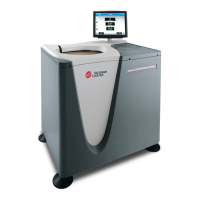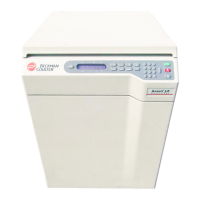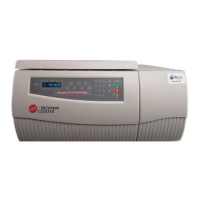PN 177196BB
4-3
QUALITY ASSURANCE
ANALYZING CELL CONTROLS
4
4.2 ANALYZING CELL CONTROLS
A Objectives
When you have completed this topic, you will be able to:
B Explain the storage and handling requirements.
B State the open-vial stability.
B Define an event.
B State indications of instability or deterioration.
B Prepare and run A
C
•T 5diff Control Plus in both the Autoloader and the Manual mode.
B Recognize an out-of-limit result on the Quality Control screen.
B References
1. In the Online Help System or the Instructions for Use manual, refer to:
r Heading 7.2 QUALITY CONTROL (QC)
r Heading 7.3 RUNNING CELL CONTROLS
r Heading 7.5 DELETING QC RUNS/FILES
2. In Chapter 9, SUMMARY AND QUICK REFERENCE MASTERS, of this Training Guide,
locate and make a copy of the
CONTROL ANALYSIS SUMMARY.
3. Obtain a copy of the package insert for the cell controls.
C Special Instructions
1. The instrument must be powered up and the Startup procedure completed.
2. Control material with control files already set up in the system are needed.
D Topic Notes and Tasks
1. Cell controls are used to monitor instrument performance.
a. By comparing the control results against the assay (known) value, you can
determine your instrument’s accuracy.
b. By running more than one level of control you can verify the instrument’s linearity
over a range of values.
c. Accurate control results depend not only on the instrument condition but also on
the stability of the control material itself and how it is stored and handled.
d. Beckman Coulter recommends COULTER A
C
•T 5diff CONTROL PLUS (low,
normal, and high) as a stable reference control for use with this instrument.
2. Determine if this is the first time the trainee is using the recommended A
C
•T 5diff
CONTROL PLUS cell controls. If the answer is yes:
a. Review the storage, handling, and mixing procedures documented on the package
insert, emphasizing the correct mixing procedure.
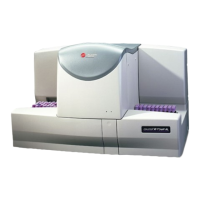
